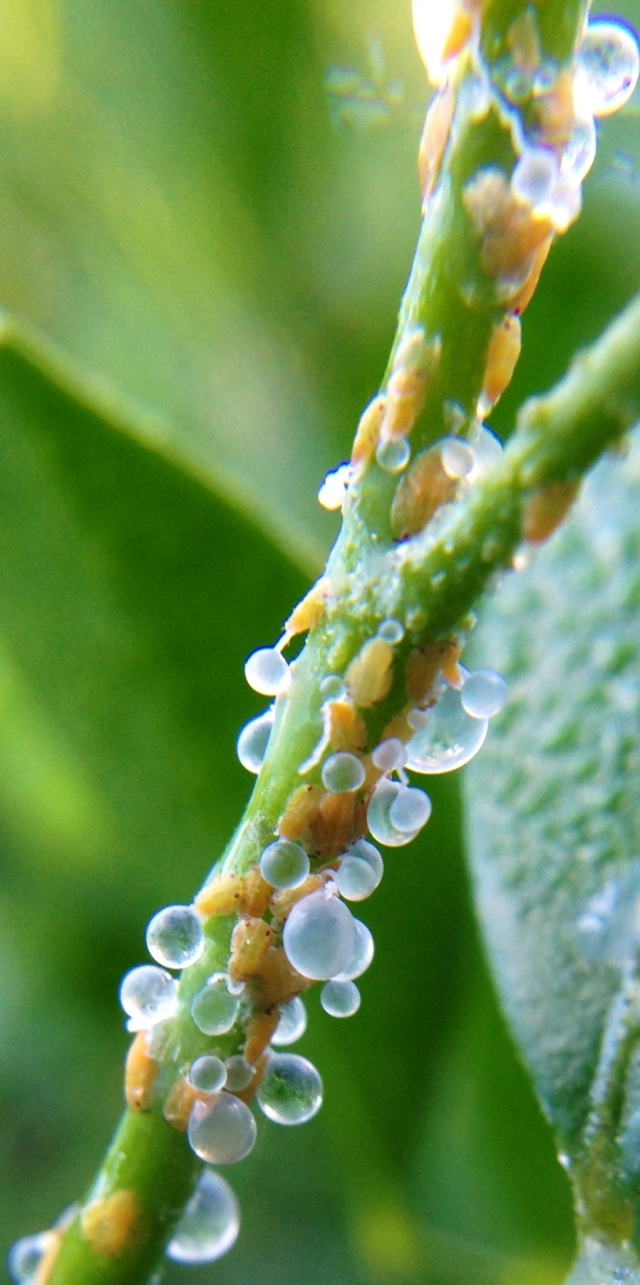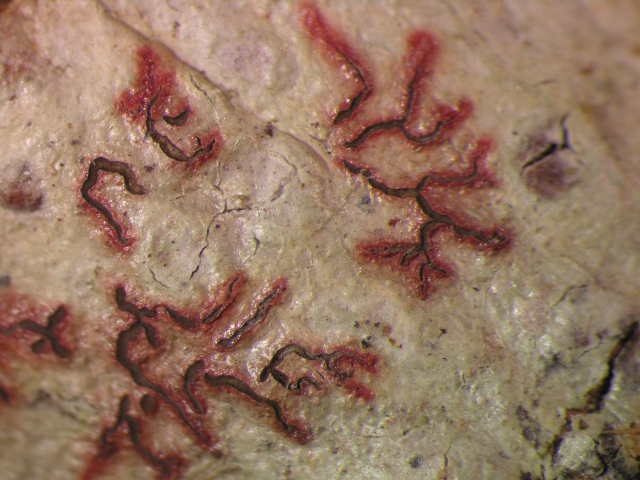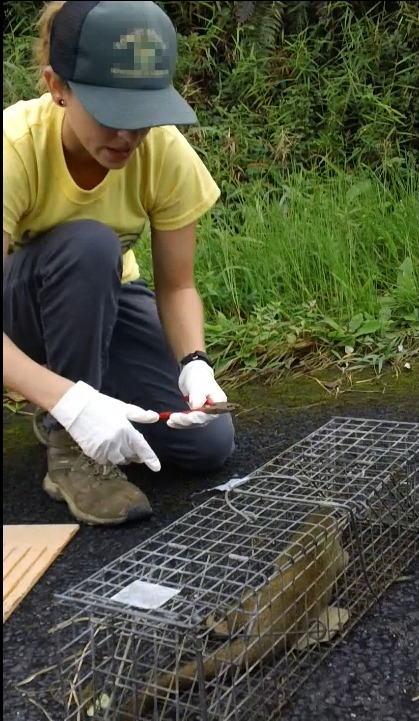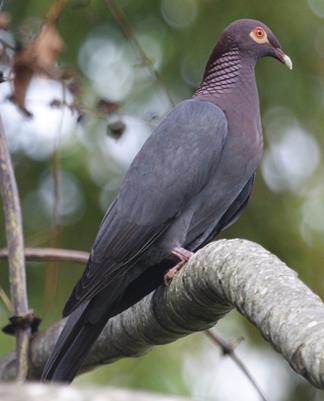MS/HS. Matter and Energy in Organisms/Ecosystems
Alarmante acumulación de contaminantes emergentes en cuerpos de agua
A recent report from the Environmental Quality Board revealed that many water bodies and reservoirs in Puerto Rico are contaminated with antibiotics, cosmetics, steroids, insect repellent and other types of emerging pollutants. Students and scientists at the University of Puerto Rico Mayagüez are turning to nontechnology to create filters that may help address this problem.
You can read the full version of this article in Spanish by clicking on ESPAÑOL at the top right of your screen.
Puerto Rican Luminaries
Reproducimos un texto sobre la iniciativa de Casa Pueblo, en la que participa la Universidad de Puerto Rico, para presentar opciones al consumo energético en la isla. Decidimos publicar el escrito en el idioma en que fue redactado originalmente.
Various efforts are being made to lower Puerto Rico’s energy consumption, and the following story illustrates a vivid one.
El tesoro de una científica rebelde
Aunque su obra fue subestimada, Ana Roqué de Duprey legó uno de los textos más relevantes en la historia de la ciencia de principios del siglo XX en las Américas. Hoy, 90 años después de escribir la ‘Botánica antillana’, una investigación revela el valor del libro inédito.
Así comienza la crónica que el periodista, Eliván Martínez Mercado escribió como producto de su trabajo para el Centro de Periodismo Investigativo. Quedé fascinada desde la primera vez que Eliván compartió esta historia conmigo y cuando ustedes lean esta excelente pieza periodística, seguro sabrán el porqué.
No food without agriculture
Puerto Rico only produces 15% of the food it consumes, which represents a threat to the archipelago's food security.
The original version of this article is in Spanish. You can read it by clicking on ESPAÑOL at the top right corner of your screen.
An Analysis of Arthropod Interceptions by APHIS-PPQ and Customs and Border Protection in Puerto Rico
An Analysis of Arthropod Interceptions by APHIS-PPQ and Customs and Border Protection in Puerto Rico
DAVID A. JENKINS, RUSSELL F. MIZELL, III, SKIP VAN BLOEM, STEFANIE WHITMIRE, LEYINSKA WISCOVITCH, CRYSTAL ZALESKI, AND RICARDO GOENAGA
Two new genera of lickens discovered in Puerto Rico
Joel A. Mercado Díaz and his colleagues combined genetic and morphological techniques to identify two genera and twelve new species of lickens at El Yunque National Forest.
This article is available in Spanish.
Mongoose populations in El Yunque
Diana Guzmán Colón studied mongoose populations in different ecosystems within el Yunque National Forest.
This article is available in Spanish.
Scientists find 800 year-old cojoba remains on Taino artifacts
Archaeological starch grains consistent with those produced and stored in modern cojoba (Anadenanthera peregrina) seeds were identified, for the first time in the West Indies, in a coral milling base recovered in a small precolonial habitation site of Eastern Puerto Rico, in a context dated to A.D. 115–1250. Ethnohistoric, ethnographic, and previous archaeological data on cojoba from the West Indies and South America were surveyed in order to form plausible sociocultural interpretations of the findings.
Protecting the scaly-naped pigeon
The scaly-naped pigeon (Patagioenas squamosa) is threatened by hunting in the Caribbean. At present, the pigeon is abundant in Puerto Rico, but overharvesting is a major concern; therefore, the development of a sustainable harvest strategy is a management priority. The management objective of the harvest strategy is to maximize hunting opportunity while keeping the population above an abundance threshold (NT) of 260,000 pigeons.










